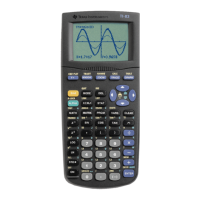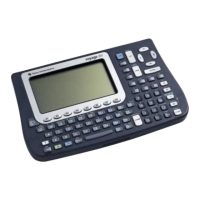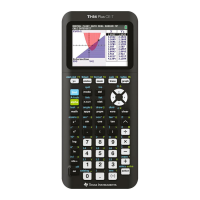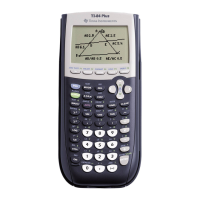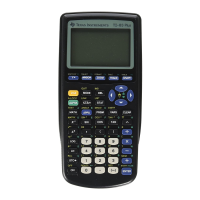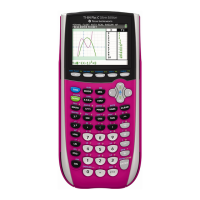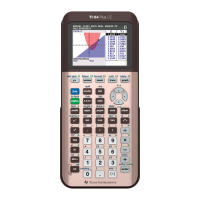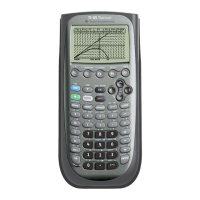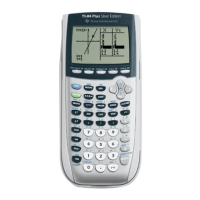1-20 Operating the TI-80
The Equation Operating System (EOS™) defines the order of operations for the
calculator
that is, the order in which the TI
.
80 evaluates
functions in
expressions. EOS lets you enter numbers and functions in a simple,
straightforward sequence.
A function returns a value. EOS evaluates the functions in an
expression in the following order.
1
Functions that are entered after the argument, such as
A
ñ
,
2
ê
,
22!
,
45
¡
,
2
p
ô
, and
ú
SIMP
.
2
Powers and roots, such as
2^5
or
5
õ
‡
32
.
3
Implied multiplication where the second argument is a
number, variable name, or list, or begins with an open
parenthesis, such as
4A
,
(A+B)4
,
or
4(A+B)
.
4
Single-argument functions that precede the argument,
such as
L
A
,
‡
63
,
SIN B
, or
LOG 3
.
5
Implied multiplication where the second argument is a
multi-argument function or a single-argument function
that precedes the argument, such as
2NDERIV(A
ñ
,A,6)
or
ASIN 2
.
6
Permutations (
nPr
) and combinations (
nCr
).
7
Multiplication and division (including
INT÷
).
8
Addition and subtraction.
9
Test functions, such as
>
or
.
10
Conversion functions:
8
FRAC
,
8
DEC
,
8
a
À
b
º
c
, and
8
b
º
c
.
Within a priority group,
EOS evaluates functions from left to
right. However, two or more single-argument functions that
precede the same argument are evaluated from right to left.
For example,
SIN FPART LN 8
is evaluated as
SIN(FPART(LN 8))
.
Calculations within a pair of parentheses are evaluated first.
Multi-argument functions, such as
NDERIV(A
ñ
,A,6)
, are
evaluated as they are encountered.
The conversion functions
8
FRAC
,
8
DEC
,
8
a
À
b
º
c
, and
8
b
º
c
can be used only at the end of a command line with one
exception: they can be followed by a store instruction.
EOS (Equation Operating System)
Order of
Evaluation
